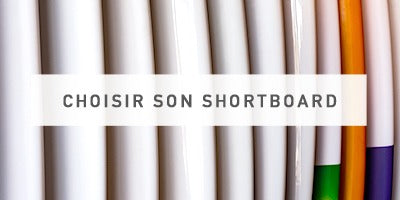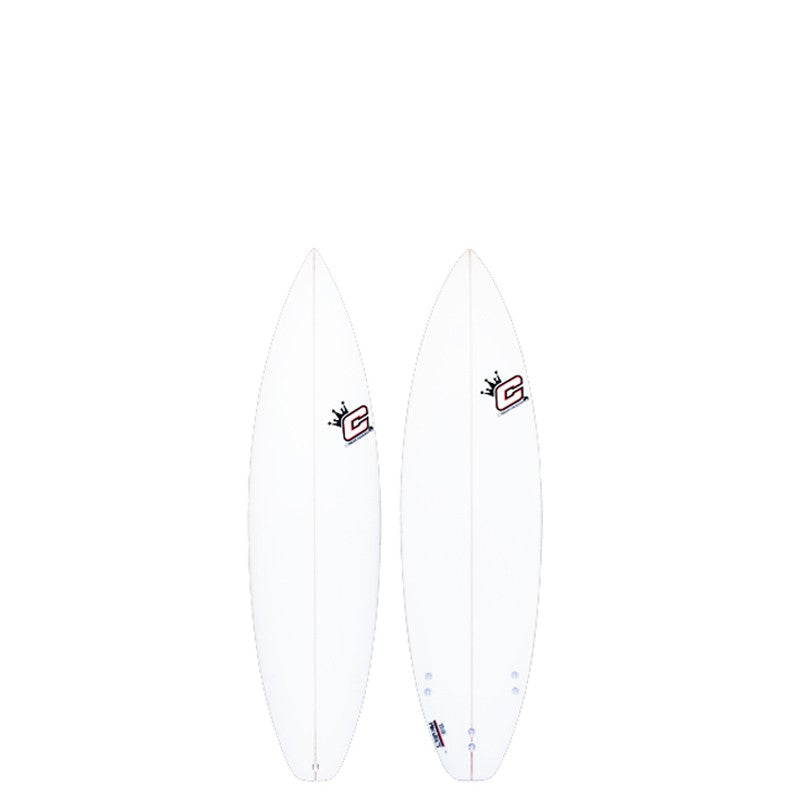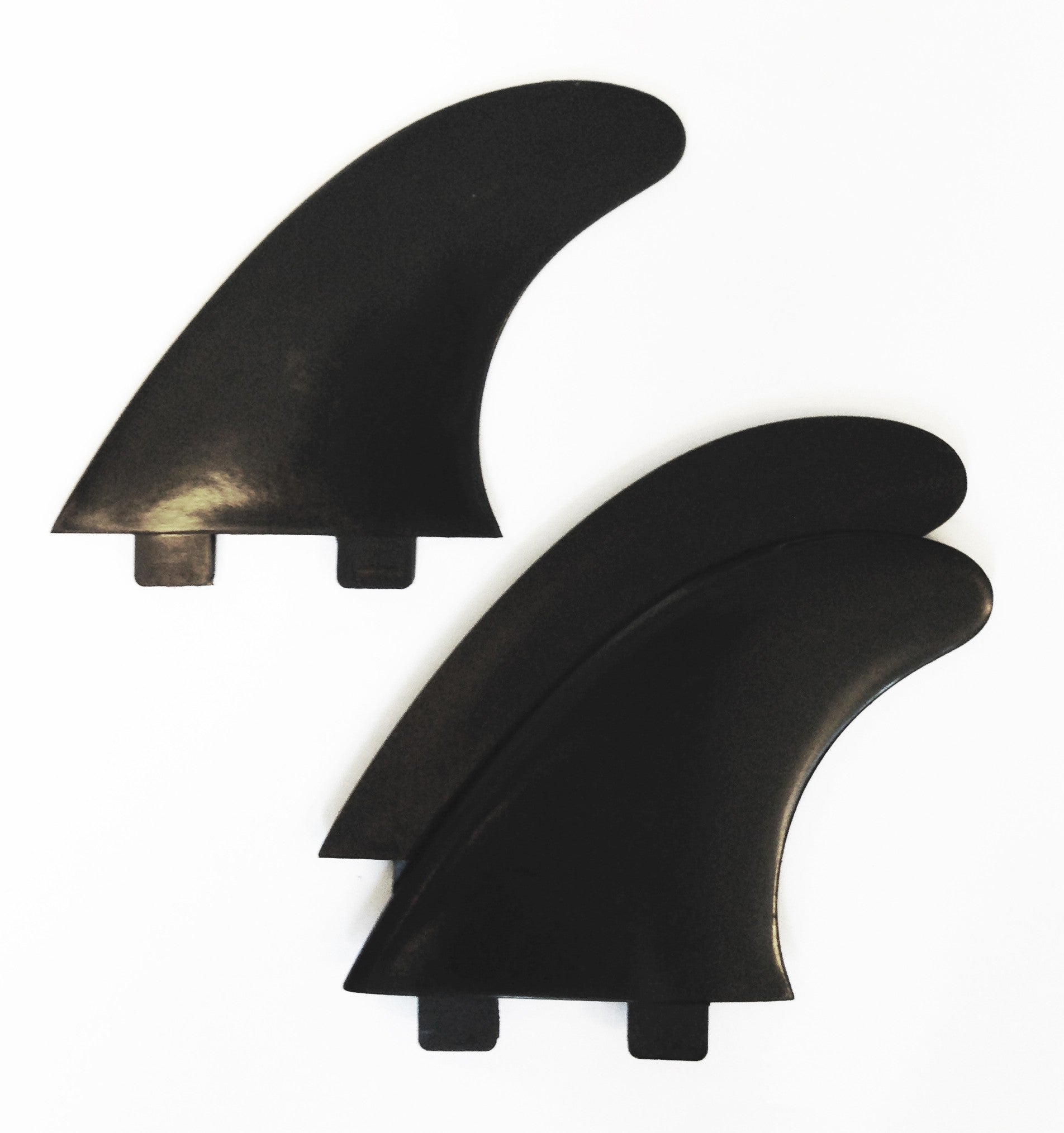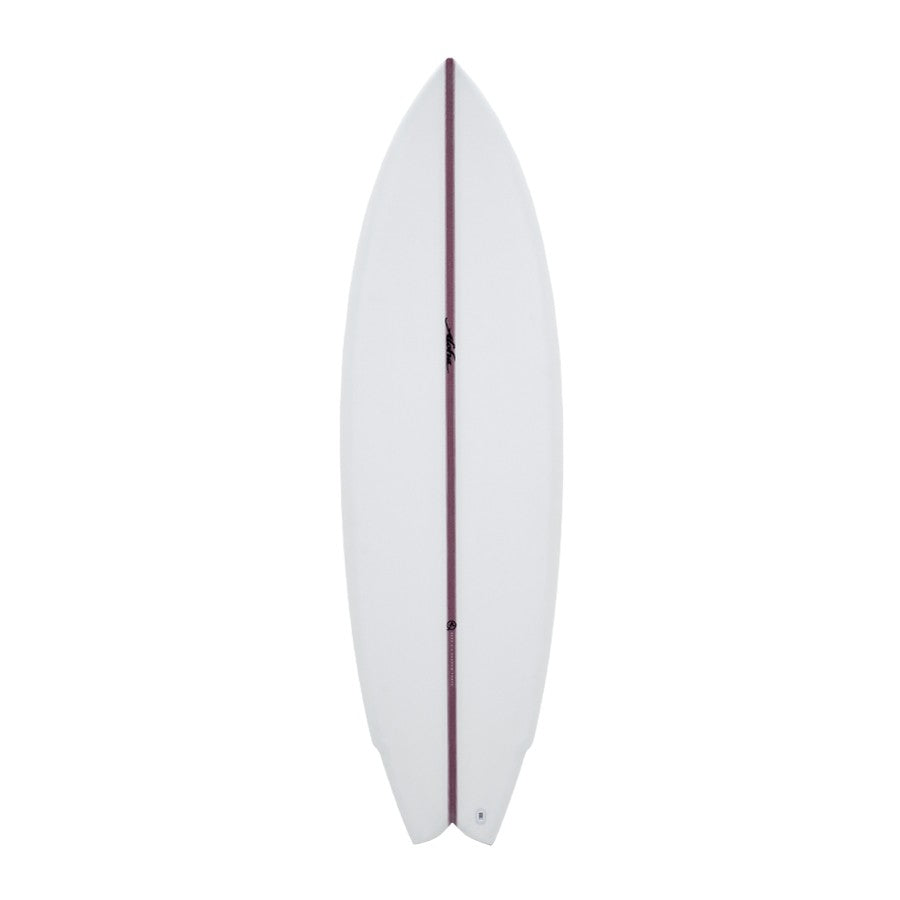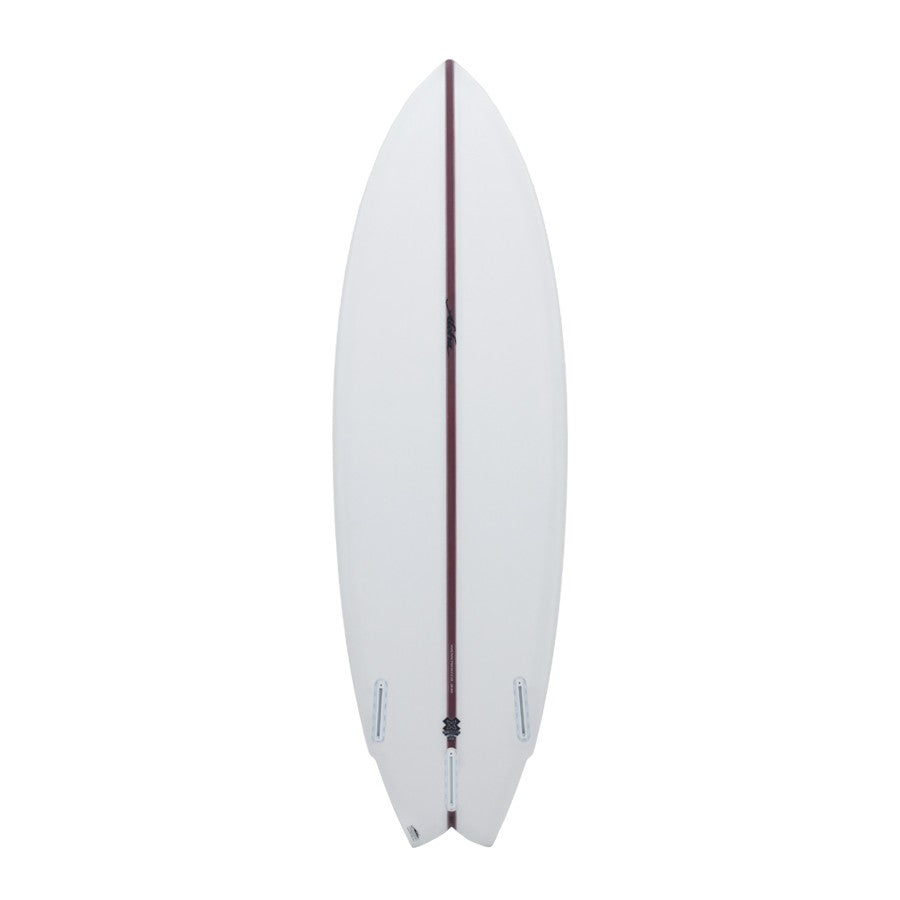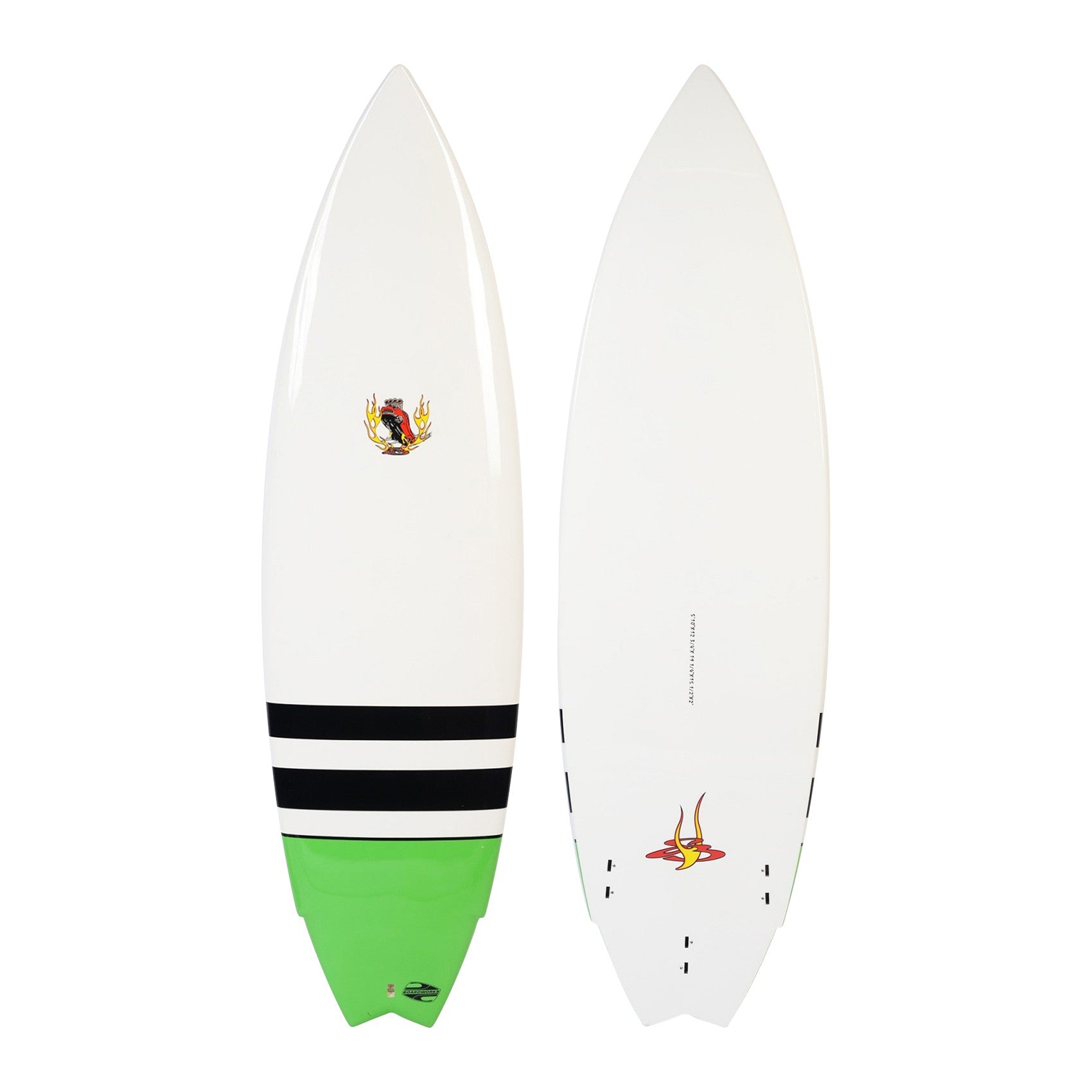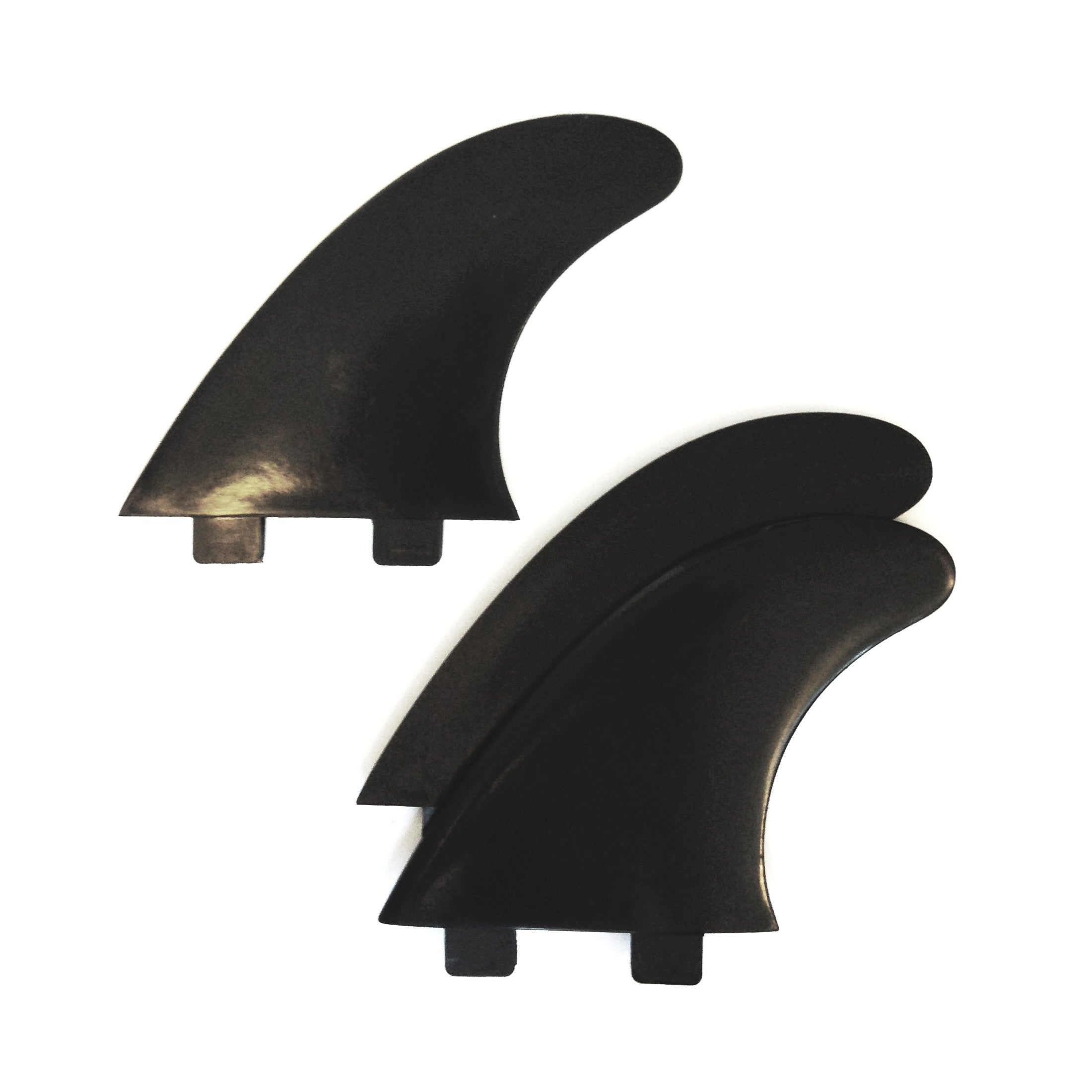The shortboard is the best-known surfboard, the most often seen or encountered under the feet of good surfers and the most used by surfers in general. It is also the most complicated board to surf because it is more technical. There are different models of shortboards and in particular many dimensions, depending on the type of wave you want to surf, its level and its size. Woodstockshop explains here in a few words what you need to remember about shortboards
The different models of shortboards:
We can generally distinguish 3 types of shortboards according to the waves that we are going to surf: the models of small waves (wider and thicker to float better in small conditions) , models for medium-sized waves (often the most used board) with fairly standard dimensions so as to remain versatile, and models for big waves (longer, heavier, thicker to paddle fast and hard so you can surf big waves).
THE volume and dimensions of your shortboard are important to take into account in your choice of board, the sizes shortboards and the dimensions are very precise depending on the conditions, the level of the surfer, his preferences, his size . For example, for small waves, soft waves and/or for beginners , it is preferable to head towards wider and thicker shortboards which will provide more flotation . For a intermediate level and/or medium-sized waves a shortboard with standard ribs is essential, you will want a board that is neither too long, nor too wide, nor too thick. Example for an average size 6'0 x 19 1/4 x 2 3/8 . For large waves, choose shortboards that are rather long and a little thick so that you can paddle with ease and catch the waves more easily .
For the construction of shortboards , there is two main material combinations: PU/Polyester and EPS/Epoxy . THE PU can be used in any type of condition . EPS/Epoxy will often be used in very clean conditions (no chop) and/or small conditions because the EPS/Epoxy combination floats well and remains responsive in small waves.
Find our buying guide here on PU/Polyester and EPS/Epoxy boards
Understanding board measurements:
It's not necessarily easy to read the " ribs " of a surfboard. These measurements are generally carried out by feet and inches (feet & inches) and represent the Length, Width and Thickness of the board. A common example of dimensions for a shortboard: 6'0 (length in feet) x 19 1/4 (width in inches) x 2 3/8 (thickness in inches)
Length: 6'0 represents the length of the board in feet (1.80m). This is the simplest measure to understand. With experience we often know our ideal size depending on the wave conditions and its size.
Width: In our example, 19 1/4 represents the width of the board in inches, or 48cm. This width is measured at the point where the board is widest (wide point) . Beginners or intermediate levels will need a wider shortboard for stability (20 inches and above for example). The wider a board is, the more stable it is and the more volume it will have (sometimes to the detriment of its maneuverability)
Thickness: In our example, 2 3/8 represents the thickness in inches , or 6cm . To measure, you must start from the deck of the board (top of the board or "deck") to the hull (underside or "bottom") of the board at its thickest point. The thicker a board is, the better it will float, the easier it will be to paddle, and the less maneuverable it will be. In general, the bigger the board, the thicker it will be, a question of balance and proportion... but you may also need a short and thick board in small conditions in order to float more and gain volume! You have to adapt your ribs and your board according to the desired criteria. In general for a shortboard 2 1/2 or more will be considered a little thick while 2 1/2 or below will be considered rather fine. In terms of volume, a shortboard for an adult can range from 25L to 35L or more depending on the slopes, the level, the size of the rider and the use you will make of the board!
Our advice: Adapt your coasts according to the waves and your program (small or big waves etc.) , test your friends' boards , ask questions, be curious, seek advice from the best surfers, don't overestimate your level by buying a board that is too thin or too narrow because you will catch fewer waves, and will not progress.
The different types of tail:
- Squashtail:
This is the most common tail shape on shortboards. This tail provides grip in flat and soft waves. It allows you to express responsive surfing, vertical maneuvers and tight turns. Works in excellent but also medium conditions and in small waves. It is a very popular versatile and all-purpose tail.
- Round tail:
Due to its profiled shape, the round tail is generally used to make pronounced turns and maintain speed . It allows you to surf hollow waves while having a good grip on the wave and allows you to express surfing fluid .
- Swallowtail:
The swallow is a wider tail than the others, which generates more speed. Ideal in small waves it allows you to maintain control over turns while generating speed in the soft waves.
Our opinion: The magic recipe for finding your board? Experience, feeling, and trying different boards will allow you to find the ideal shortboard for the different conditions encountered.


